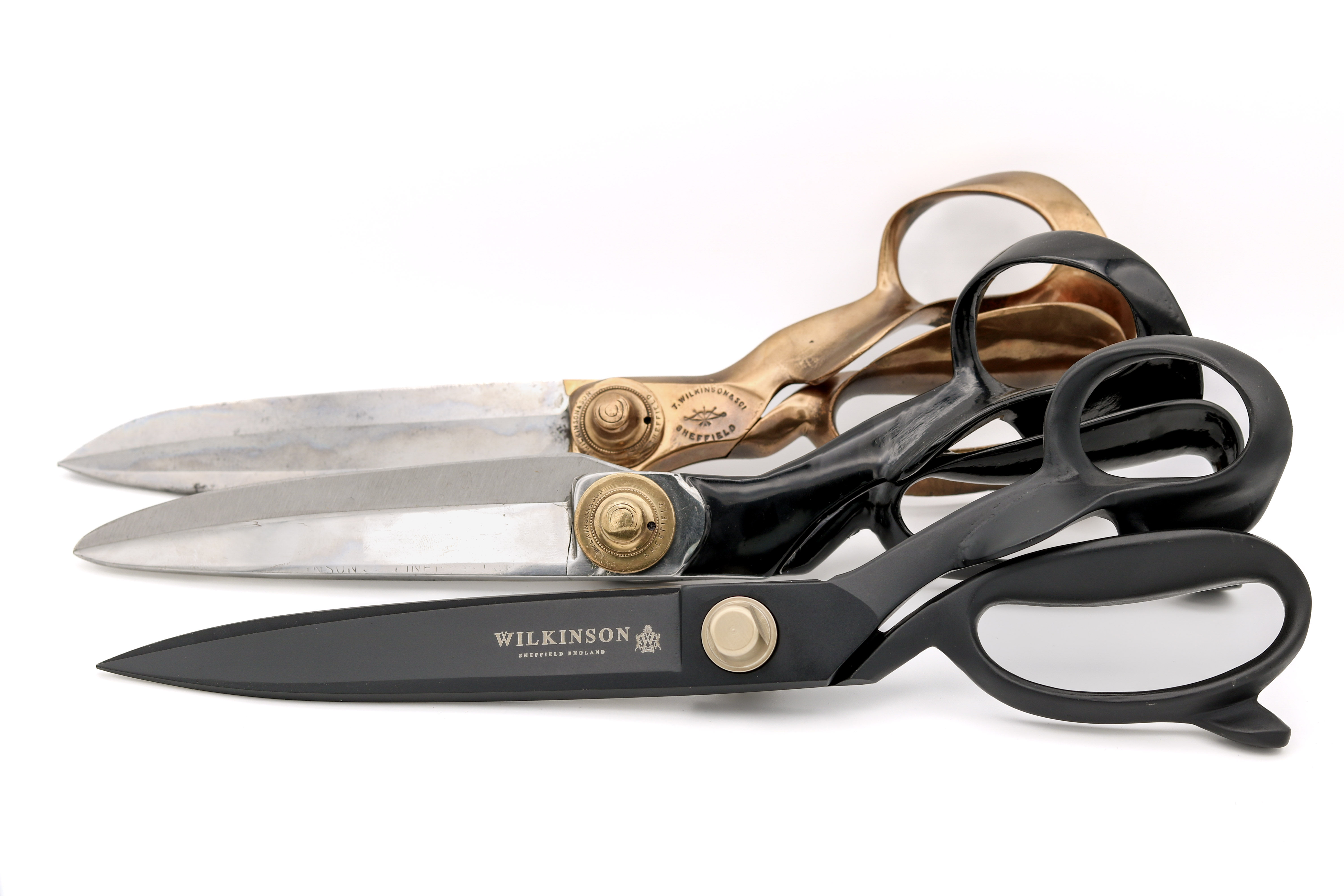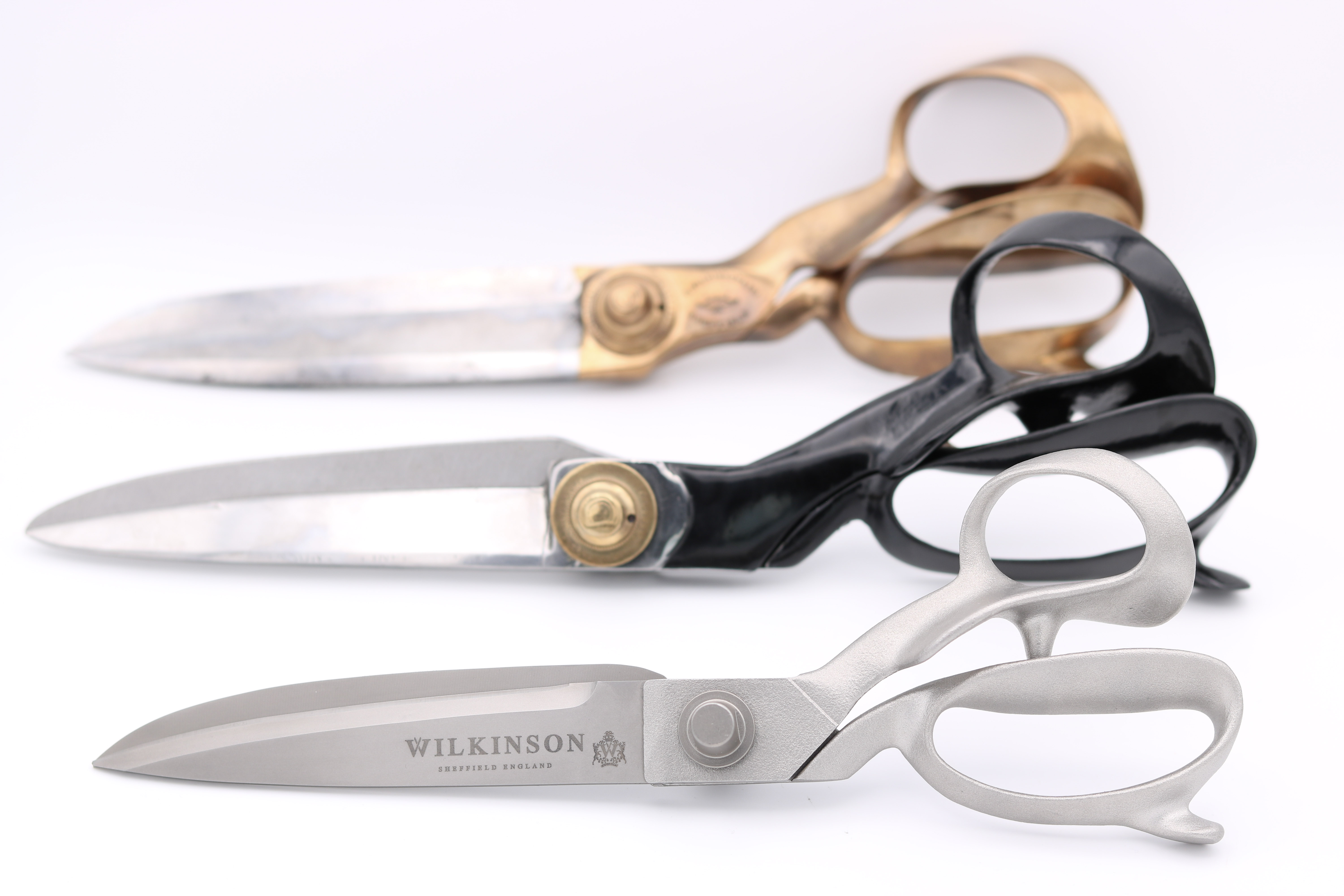Jade Shemwell
- Fashion in the Georgian period was very different to the clothing trends of today but traditional costume making skills have still been passed down generations
- High-quality scissors have been an important part of costume-making for centuries, used for fitting and embellishments
- At Whiteley, we’ve been making scissors since the Georgian period and many parts of our traditional manufacturing process have remained to the day


Costume making within the Georgian period involved creating garments using hand methods, focused on producing elaborate, decorative and highly embellished clothing pieces. Scissors were an integral part of this process, from cutting the costumes to size and crafting decorative edges.

The importance of high-quality scissors for costume making
Here at Whiteley, we know all too well the importance of using high-quality cutting tools for both craft hobbyists and professionals alike. We’re proud to say that both Sara Fay and Zach Pinsent have used our scissors in their work, a testament to the quality and longevity of our shears. You can find some of the projects that Sara has made using our scissors, by exploring the #madewithwhiteleys tag on Instagram.
For costume makers, high-quality scissors are crucial for achieving precision and preventing fabric damage like fraying, ensuring a professional-looking result every time. If you’re crafting garments, you’ll need scissors that can cut cleanly through various fabrics without distortion and maintain their sharpness over time, so you can keep consistency over decades of creation.
The best quality scissors, like ours here at Whiteley, are made from carbon steel – a gold standard material in scissor making.
Why does this matter though? Well, carbon steel contains a higher percentage of carbon compared to mid or lower-grade steels, allowing it to be hardened through heat treatment. This hardness is essential for the edge retention of scissors, which is the ability for the blades to stay sharp after constant use.
Whiteley’s traditional scissor making process
Like costume making, scissor smithing is a long-held tradition and one we’re proud to champion in our Sheffield factory.
As the Western world’s oldest industrial scissor maker and one of just two traditional scissor smiths remaining in the UK, we’re keen to ensure the skills involved in handcrafting shears are passed down to future generations.
All our scissors begin life as forged blanks – a process where steel is heated then shaped under pressure in a mould. They then arrive at our factory after being trimmed ready our skilled team to turn them into the tools you’ll be familiar with seeing.
The blanks are drilled, then hardened, bow-dressed (a process which removes roughness), polished, plated or coated and edged before being carefully assembled. Each step, from hand-shaping and grinding, to the final japanning (painting) of the scissor handles, ensures durability and a flawless finish.
These processes haven’t changed an awful lot in the 250 years Whiteley has been operating – in fact, some of the tools we use are over a century old!
It’s this blend of heritage, craftsmanship and dedication to tradition that allow use to create scissors which last a lifetime.
Looking for a pair of scissors that could become a family heirloom? View our luxury range here.


Clothing in the Georgian period was focused on elaborate styling, defined by the creation of distinctive silhouettes and highly decorative patterns. Costume making during this time was almost entirely by hand, with scissors an essential tool for cutting and shaping the complex garments.
It’s a huge contrast to the mass production techniques of the modern clothing industry where clothing is primarily functional and machine-made, with companies prioritising speed and efficiency.
However, while clothes have changed over the decades, it hasn’t stopped garment making techniques from being passed down, with young people now embracing handcrafting skills.
Tailors such as Zach Pinsent and Sara Fay have become known for their intricate costume and clothing designs, taking to social media to introduce a whole new generation to traditional tailoring.
Zach, who posts on Instagram under @pinsent_tailoring, crafts flamboyant and historically accurate clothing, using period materials and methods that recreate garments of the past. He was featured on BBC News a few years ago and received the Legacy of Change Medal for his dedication to preserving historical tailoring.
Sara meanwhile posts under @tiny.tailor. She’s an expert costume maker and her and her team have worked on numerous large projects for theatrical shows and films including Hamilton, Napoleon and the latest Gladiator movie. Sara also works to provide training to young people, helping industry starters enhance their skill levels for a career in the dramatic arts industry.